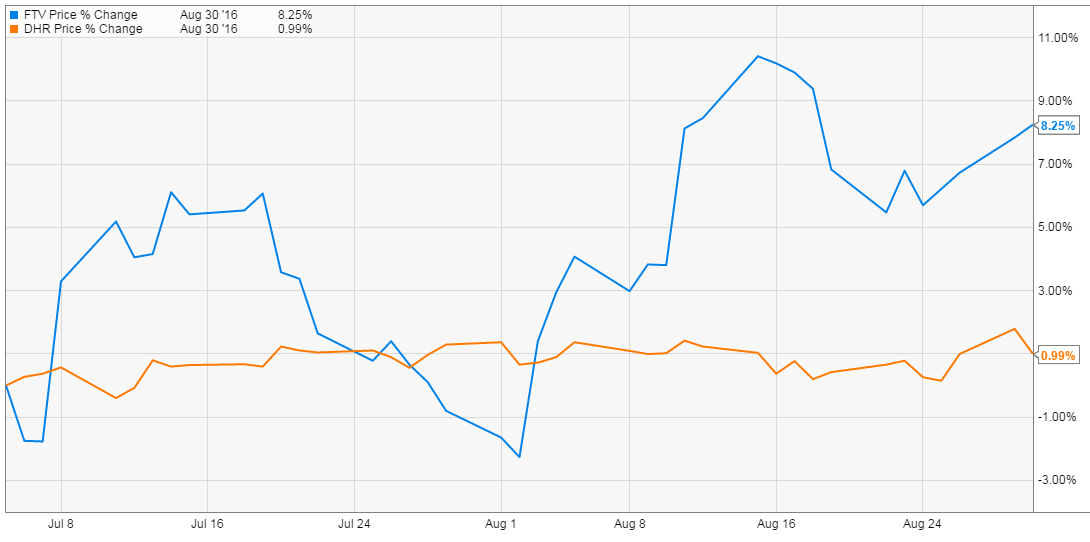[vc_row][vc_column width=”1/4″ offset=”vc_hidden-xs”][vc_widget_sidebar sidebar_id=”sidebar-main”][/vc_column][vc_column width=”3/4″][vc_column_text]
“Common sense” when carefully applied can be a useful tool in an often overly complicated world, and sometimes we downright crave a healthy dose. Case in point: Dustin Johnson at this year’s U.S. Open. Now, I come from a golfing family, have played the game most of my life and continue to play any opportunity the family calendar provides. Yet, I will be the first to say the game of golf represents a reluctance to progress in the worst kind of way. Many golfing establishments still care what you wear on their course (after perhaps shelling out $100) right down to the point they require your upper garment to be affixed with a collar. After all, it would be quite a shame for more of your neck to be exposed in public! That sort of nonsense sheds light on how the game would make possible the treatment – completely void of any common sense – Dustin Johnson received at the U.S. Open. For anyone who didn’t see it, the guy was penalized when ball rolled all of 2 dimples worth clearly due to natural causes. Fortunately, it did not cost him a major championship, but did send millions of golf fans screaming from mountain tops their pleas for the application of common sense. It could have been a very ugly situation had the match finished closer. (You can check out the clip here if you wish: https://youtu.be/OUxeuWyFUco)
Danaher spinoff
All of that digression on golf is to say that while we so often want the world around us to just use some common sense, it can often be a detriment to investors. One small example of that can be seen from a long-time portfolio holding of ours, Danaher (DHR). Danaher has done very well over the years with a successful track record of buying up companies across a number of different industries and making them better. Last year, Danaher management decided that owning all these various businesses under one stock umbrella was restraining their stock price from further appreciation. The belief is/was that the company was relatively more priced for the slower growing industries in its portfolio than for its faster growing ones. Subsequently, by breaking them apart, the market could more easily reward the overall stock price for the faster growth holdings. This playbook has worked very well in several instances over this market cycle.
This past July, Danaher investors had their holding broken into two prices. One stock (still called Danaher) holds the faster growing businesses with popular theses. The other, now called Fortive, holds more of the old school and slow-growing businesses. Common sense suggests that investors hold onto the more appealing stuff that drove investors to Danaher in the first place.
Out of the gate
This was largely the case during the first month for Fortive, where after hitting an intraday high of $54.34 on trading day #1, shares spent most of the time languishing between $48 and $50 while Danaher steadily appreciated. However, as things have since settled, it is the Fortive shares that have outperformed and taken off.
These were the group of assets thought to be left for dead. As with so many things in investing, it’s not just the quality that matters, it’s the price you pay for that quality. We still have work to do in mapping our strategy for managing the Danaher / Fortive positon, but we knew we weren’t going to just automatically defer to the “more attractive” assets.
Broader significance
This Danaher spin-off is just one small and perhaps temporary example, but the notion of not just defaulting to common sense can be broadly applied to investing. The European and Japanese movement to take short-term interest rates negative was supposed to lead to increased spending and investment as it discouraged people and companies from just parking the money at the bank. However, savings rates in both European and Japanese cases have been on the move up, not down, in savings rates. In my opinion, this unintended consequence will be a big deal in the global thinking on monetary policy and its importance from here.
Another significant and recent example was the Brexit vote. I had a client tell me in early August how she wished she could have somehow gotten advance feedback in late June from a friend “on the ground” in London and in turn clued us in to the ultimate outcome of the vote. Of course, she was surprised to learn when I explained that even if we could have had that (assumed accurate) information ahead of time – it likely would have worked to our disadvantage as markets shrugged off the initial sell off with a rebound at breathtaking speed. Common sense could easily have sent us running for the hills. Instead, we relied on data and our process and were actually able to take advantage of the Brexit sell off. Herein lies the lesson: Use common sense when teaching kids, using your computer, or just having some fun on the golf course. But, rely heavily on the data (whatever your data set may be) whenever possible when investing money.
Disclaimer: Do not construe anything written in this post or this blog in its entirety as a recommendation, research, or an offer to buy or sell any securities. Everything in this post is meant for educational and entertainment purposes only. I or my affiliates may hold positions in securities mentioned in the blog. Please see my Disclosure page for full disclaimer.
[/vc_column_text][/vc_column][/vc_row][vc_row][vc_column offset=”vc_hidden-lg vc_hidden-md vc_hidden-sm”][vc_widget_sidebar sidebar_id=”sidebar-main”][/vc_column][/vc_row]




